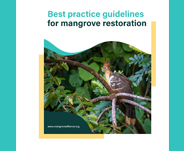
The Best Practice Guidelines for Mangrove Restoration
The audience for the guidelines is primarily restoration project managers and those interested in mangrove restoration best practices more broadly. As such, this document is meant to get into the details and allow the reader to come away with a comprehensive strategy for restoration that has a high likelihood of success.
Read More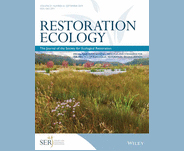
International Principles and Standards for the Practice of Ecological Restoration (Second Edition)
Developed through consultation with professionals within the Society for Ecological Restoration and their peers in the global scientific and conservation communities.
Read More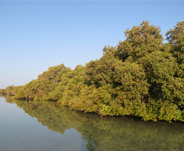
Guidelines for Ecological Restoration, Including Socioeconomic Components, Establishing Goals in the Planning Phases.
They suggest that mangrove recovery must include protection of the remaining habitat and restoration of the degraded habitat.
Read More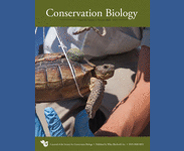
An Introduction to Decision Science for Conservation
An introduction to decision science is provided to aid in its conceptual clarity and practical application for conservation decisions.
Read More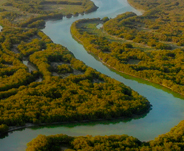
Mangrove Restoration Under Shifted Baselines and Future Uncertainty
Mangrove forests are inherently dynamic and are often regarded as complex social-ecological systems.
Read More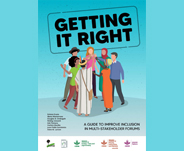
Getting It Right, a Guide To Improve Inclusion in Multistakeholder Forums
This guide explains how to operationalize inclusion of women, Indigenous Peoples and other under-represented groups in multi-stakeholder forums (MSFs).
Read More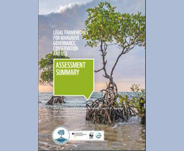
IUCN Legal Frameworks for Mangrove Governance
The assessment includes a global review of literature and legal information on international and national law and policy, a desk assessment of mangrove-related legal instruments in India, Kenya and Mexico, and an in-depth evaluation of effectiveness of mangrove-related law in Costa Rica, Madagascar and Vietnam.
Read More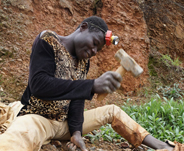
USAID LandLinks Tools and Guides Repository
This suite of tools is intended to provide background information and guide development practitioners to address land based programming and programming that incorporates elements related to land.
Read More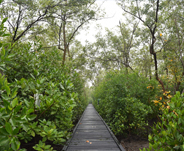
Mangrove Restoration: To Plant or Not To Plant
Promoting best practice mangrove restoration to enhance success rates and benefits for people and nature
Read More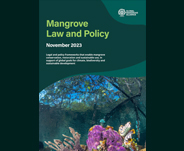
Mangrove Law and Policy November 2023
Legal and policy frameworks that enable mangrove conservation,
restoration and sustainable use, in support of global goals for climate,
biodiversity and sustainable development
Read More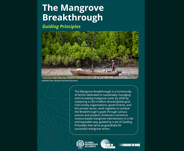
Guiding Principles - The Mangrove Breakthrough
The Mangrove Breakthrough is a Community of Action dedicated to sustainably managing and increasing mangrove cover by 2030 by catalyzing a USD 4 billion shared global goal. Civil society organizations, governments, and the private sector, work together to achieve the Breakthrough's goals through various actions and projects. Endorsers commit to science-based mangrove interventions in a fair and equitable way, guided by a set of Guiding Principles that serve as guardrails for successful mangrove action.
Read More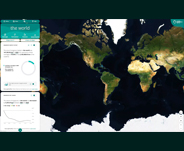
The Global Mangrove Watch
The Global Mangrove Watch is an online platform that provides the remote sensing data and tools for monitoring mangroves. The tool provides near real-time information on where and what changes there are to mangroves across the world, and highlights why they are valuable. The Global Mangrove Watch tracks high resolution information on topography, soil conditions and hydrology, giving coastal and park managers, conservationists, policymakers and practitioners the evidence needed to respond to illegal logging, pinpoint the causes of local mangrove loss and track restoration progress.
Read More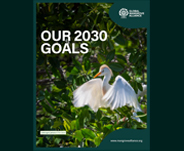
GMA – Our 2030 Goals
In 2022, the GMA revised its Goal, an ambitious plan for turning the tables on the world’s mangroves. The plan contains three critical strands to be achieved by 2030:
1. Halt loss. Reduce net mangrove losses driven by direct human actions to zero
2. Restore half. Put back mangroves to cover at least half of all recent loss
3. Double protection. Ensure long-term secure protection is increased from 40% to 80% of remaining mangroves

